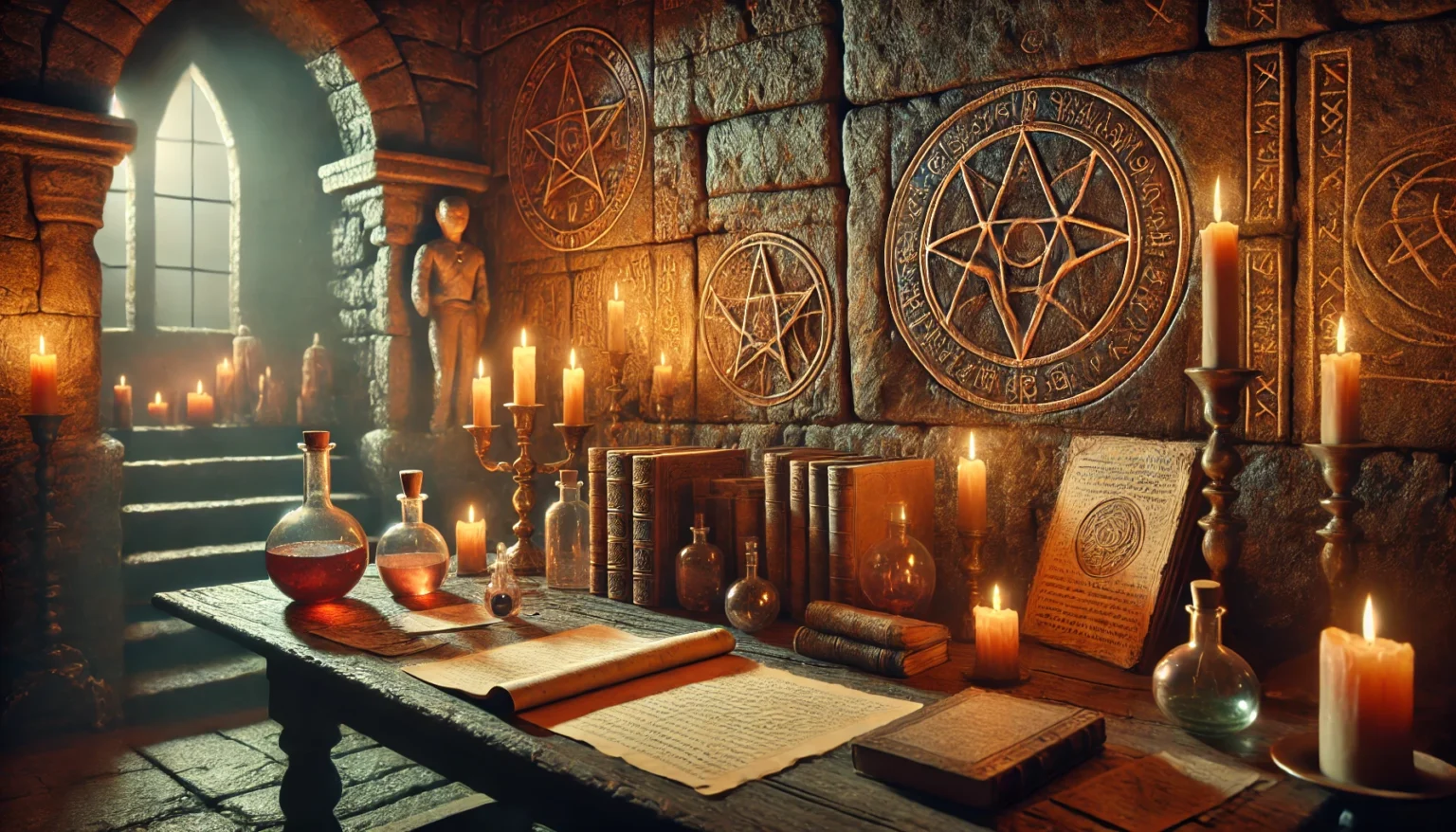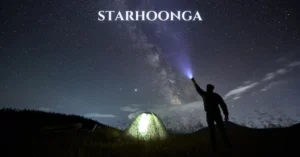Christmas | Origin, Definition, Traditions, History, Gifts & Facts
Christmas, a beloved holiday celebrated around the world, holds a special place in the hearts of many. But beyond the twinkling lights, festive music, and exchanging gifts, lies a rich history steeped in tradition and cultural significance. Let’s delve deeper into this joyous occasion.
What is Christmas?
Christmas is an annual festival commemorating the birth of Jesus Christ, observed primarily on December 25th as both a religious and cultural celebration by billions worldwide. For Christians, it is a central religious holiday, a time to reflect on core tenets of faith such as love, forgiveness, and hope, while celebrating the birth of Jesus, considered the Son of God. Beyond its religious significance, Christmas has evolved into a widely celebrated cultural holiday enjoyed by many regardless of their religious beliefs. It has become a time for families and friends to gather, share meals, and strengthen bonds.
The tradition of gift-giving, often seen as symbolic of the gifts presented to the infant Jesus by the Wise Men, is a prominent feature. Festive decorations, including lights, Christmas trees, and ornaments, adorn homes and public spaces, creating a joyful atmosphere. Various cherished traditions, such as singing carols, sending Christmas cards, and the popular figure of Santa Claus, further enhance the holiday spirit. Christmas is celebrated in diverse ways globally, with each culture incorporating unique customs and traditions. In essence, Christmas is a multifaceted celebration blending religious observance with cultural traditions, fostering a spirit of joy, peace, and goodwill among people across the globe.
Christmas Definition
“Christmas is an annual festival commemorating the birth of Jesus Christ, observed most commonly on December 25th as a religious and cultural celebration 1 by billions of people around the world.”
Origins and Evolution:
Christmas commemorates the birth of Jesus Christ, though the exact date remains unknown. Early Christians celebrated his birth on various days until the 4th century when December 25th was chosen, possibly coinciding with existing pagan winter solstice festivals. Over time, Christmas traditions blended with these celebrations, resulting in the festive spirit we know today.
Traditions Around the Globe:
Christmas traditions vary greatly across cultures, reflecting unique customs and beliefs. Here’s a glimpse into some popular practices:
- Gift-Giving: Exchanging gifts symbolizes the offerings presented to the baby Jesus by the Magi. Today, it’s a way to express love and appreciation for loved ones.
- Feasting: Christmas meals are often elaborate affairs. Roast turkey with trimmings is a classic in many Western countries, while other cultures enjoy special dishes like roast goose in Germany or seafood stews in Latin America.
- Decorations: Homes are adorned with Christmas trees, sparkling lights, nativity scenes depicting the birth of Christ, and festive wreaths.
- Carols and Music: Christmas carols fill the air, evoking a sense of joy and togetherness. From traditional hymns to contemporary renditions, music adds a special touch to the season.
- Religious Observances: For Christians, attending church services on Christmas Eve or Christmas Day is a cornerstone of the celebration. These services commemorate the birth of Jesus and offer a time for reflection and prayer.
Christmas has transcended its religious roots and become a secular celebration embraced by many. It’s a time for family gatherings, sharing joy, and reflecting on the year gone by. The spirit of giving and goodwill extends beyond close circles, with acts of charity and community service prevalent during the season.
1. The Date of Christmas Wasn’t Always December 25th
While Christmas is celebrated on December 25th today, this wasn’t always the case. Early Christians observed Jesus’ birth on various dates. In the 4th century, the Western Christian Church officially adopted December 25th. This date may have been chosen to coincide with existing pagan winter solstice festivals, making it easier to convert people to Christianity.
2. Santa Claus is Based on a Real Person
The legendary figure of Santa Claus is inspired by St. Nicholas, a 4th-century Greek bishop known for his generosity. He was said to have given away his wealth and performed miracles, including providing dowries for poor women. Over time, stories of St. Nicholas evolved, leading to the creation of the jolly, gift-giving Santa Claus we know today.
3. Christmas Trees Were Once Decorated with Edibles
The tradition of decorating Christmas trees originated in 16th-century Germany. Initially, trees were adorned with edible treats like apples, nuts, and dates. Later, people began using candles, which eventually evolved into the electric lights we use today.
4. “Jingle Bells” Wasn’t Originally a Christmas Song
“Jingle Bells,” one of the most popular Christmas carols, was not initially written for Christmas. James Lord Pierpont composed it in the 1850s for Thanksgiving. However, its wintery theme and cheerful melody led to its association with Christmas.
5. Christmas Was Once Banned in England
During the 17th century, Oliver Cromwell and the Puritans banned Christmas in England. They viewed it as a decadent and frivolous holiday. The ban lasted for several years until it was eventually lifted with the restoration of the monarchy.
6. Rudolph the Red-Nosed Reindeer Was Created for a Department Store
Rudolph, Santa’s most famous reindeer, was the creation of Robert L. May, an advertising copywriter for Montgomery Ward. In 1939, May wrote a story about Rudolph to attract customers to the department store during the holiday season.
7. Coca-Cola Played a Role in Shaping Santa’s Image
While the image of Santa Claus had been evolving for centuries, Coca-Cola’s advertising campaigns in the 20th century helped solidify his modern-day appearance. In 1931, the company commissioned Haddon Sundblom to create images of Santa for their ads. Sundblom’s depiction of a jolly, red-suited Santa became iconic and widely influential.
8. Christmas Crackers Were Invented by a Sweet Maker
Christmas crackers, those festive tubes that pop open to reveal a prize, a joke, and a paper hat, were invented by Tom Smith, a London sweet maker. In the mid-1800s, Smith created crackers as a way to sell his sweets. They quickly became a popular Christmas tradition.
9. The Bestselling Christmas Song of All Time is “White Christmas”
“White Christmas,” written by Irving Berlin and famously sung by Bing Crosby, is the bestselling Christmas song of all time. It was first performed on a radio show in 1941 and quickly became a holiday classic.
10. Christmas is Celebrated Differently Around the World
Christmas traditions vary significantly across different cultures. In Japan, for example, it’s customary to eat Kentucky Fried Chicken on Christmas Day. In Venezuela, people roller-skate to church on Christmas morning. These diverse customs highlight the global reach and cultural significance of Christmas.
Why Is Christmas in December?
The choice of December 25th for Christmas is likely due to a combination of factors:
- Connection to the Winter Solstice: In the Roman Empire, where Christianity was spreading, December 25th was close to the winter solstice. This was a time of year associated with light, rebirth, and the “turning of the sun.” By celebrating Jesus’ birth around this time, Christians may have been drawing parallels between Jesus as the “light of the world” and the natural symbolism of the solstice.
- Calculation from the Annunciation: Some early Christian writers connected Jesus’ conception to the spring equinox (March 25th). Based on the idea that Jesus spent nine months in Mary’s womb, they calculated his birth to be around December 25th.
In conclusion, Christmas is a rich and multifaceted celebration observed globally, primarily on December 25th. It stands as a cornerstone of the Christian faith, commemorating the birth of Jesus Christ and embodying core religious principles like love, hope, and salvation. However, Christmas has transcended its religious origins to become a significant cultural phenomenon embraced by people of diverse backgrounds. It’s a time for families and friends to unite, share in festive traditions, exchange gifts, and create lasting memories. From the religious observances of church services and nativity scenes to the secular customs of decorating trees, singing carols, and anticipating Santa Claus, Christmas weaves together a tapestry of traditions that vary across cultures yet share a common thread of joy, peace, and goodwill.
FAQS
What’s Christmas celebrated for?
Christmas is primarily celebrated to commemorate the birth of Jesus Christ, who Christians believe is the Son of God. It’s also a cultural holiday celebrating family, giving, and goodwill.
Christmas is primarily celebrated on December 25th. However, some countries, especially in Europe, place more emphasis on Christmas Eve (December 24th).
Christmas is a global celebration marking the birth of Jesus Christ. For Christians, it’s a central religious holiday focused on faith, love, and hope. Culturally, it’s a time for families and friends to gather, exchange gifts, and enjoy festive traditions. Homes are decorated with lights and trees, carols fill the air, and the figure of Santa Claus brings joy to children. Christmas is a blend of religious observance and secular customs, promoting a spirit of peace and goodwill worldwide.
The Bible doesn’t specify Jesus’ birthdate. December 25th was likely chosen for a few reasons:
- Winter Solstice: It coincided with existing pagan winter solstice festivals, making it easier for people to convert to Christianity.
- Symbolism: It connected Jesus as the “light of the world” with the symbolism of the solstice, a time of increasing light.
- Calculation: Some early Christians calculated Jesus’ birth based on the Annunciation (March 25th), leading to a December 25th birthdate.
Share this content:

























Post Comment